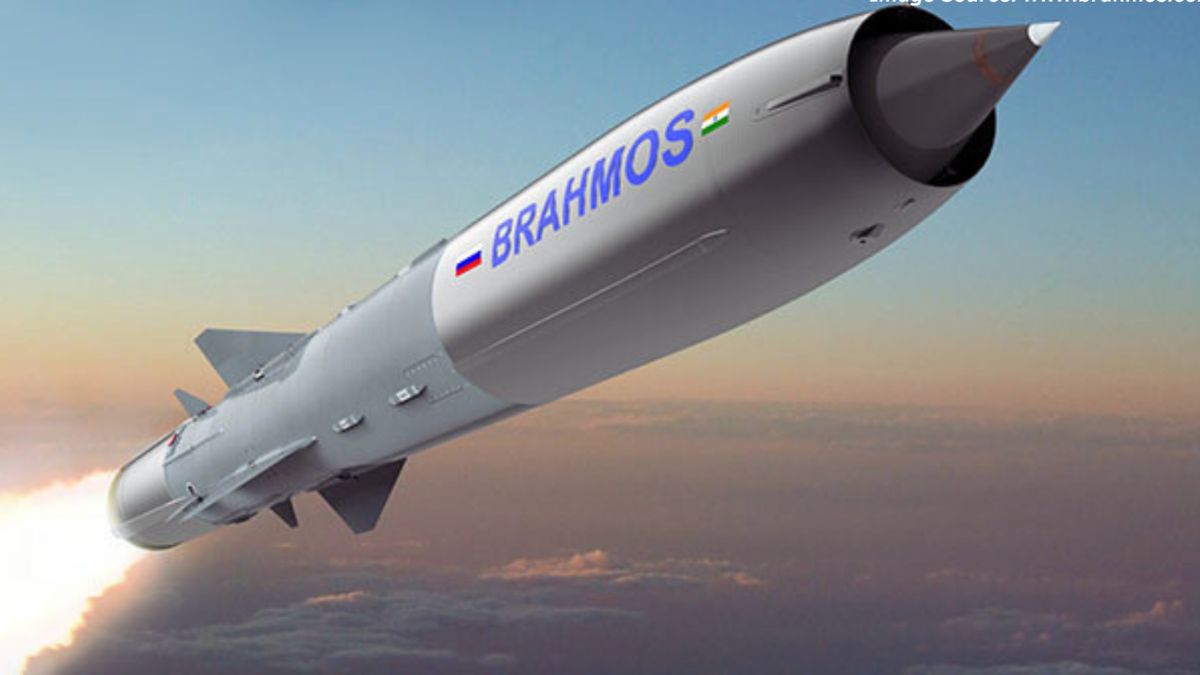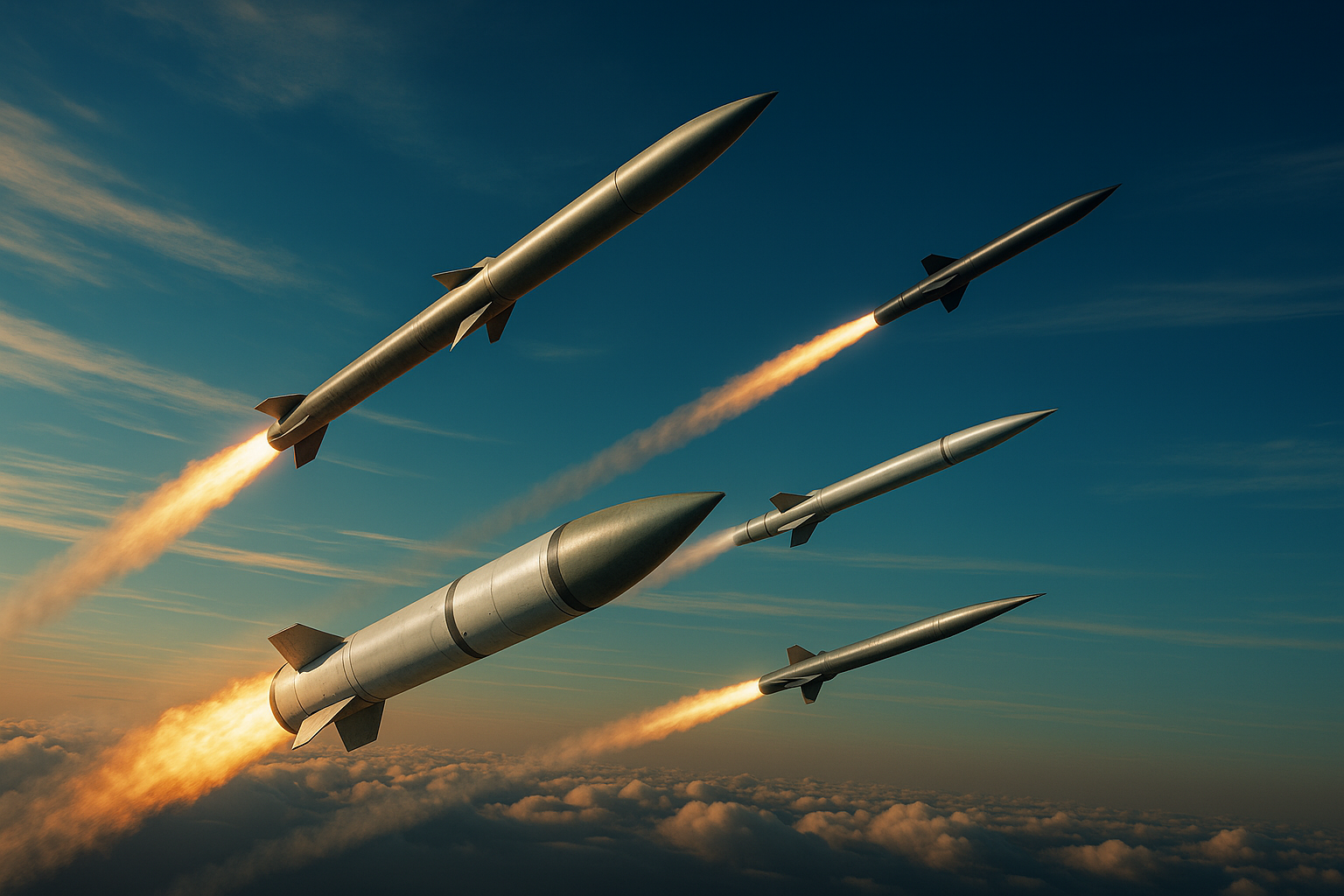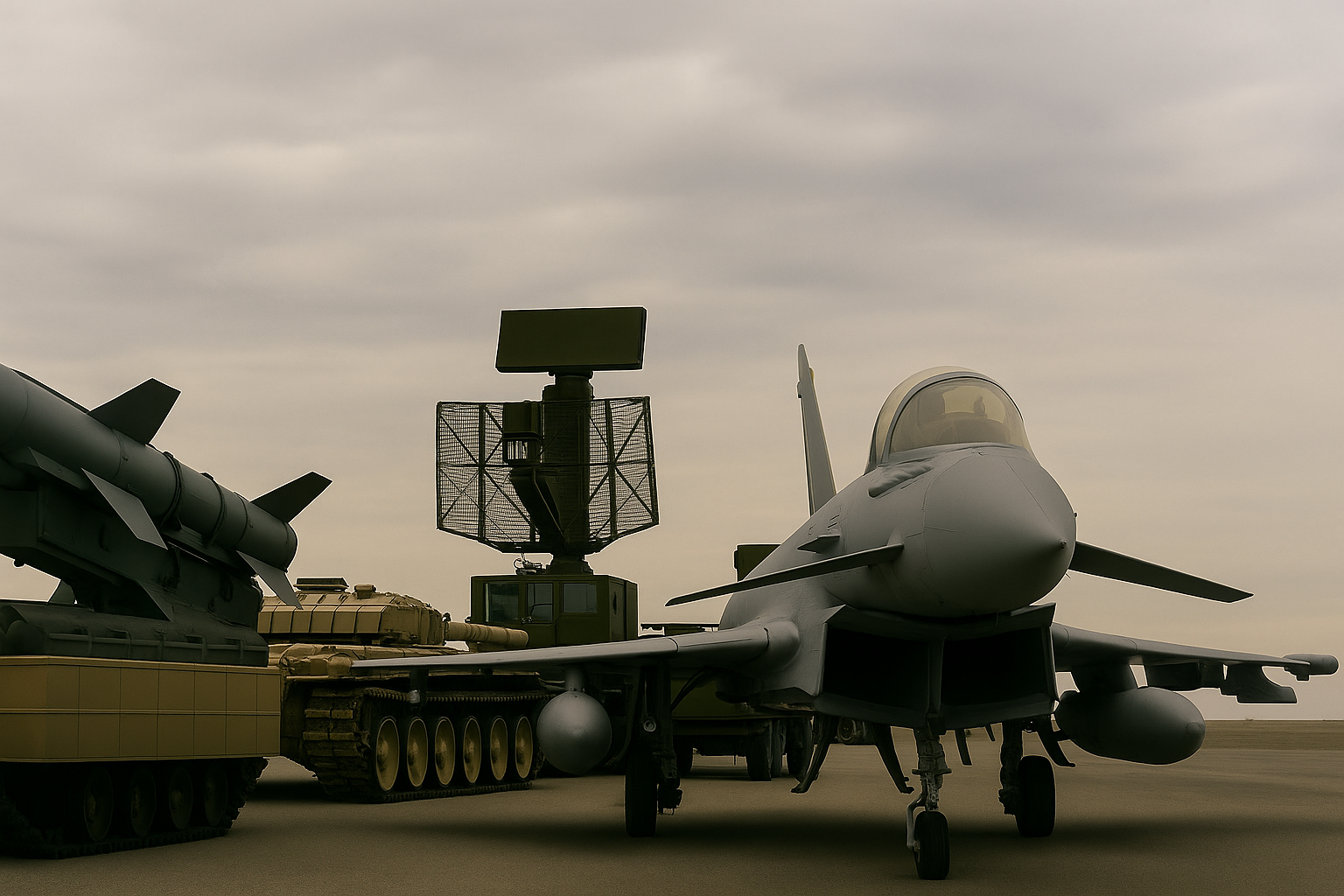India’s BrahMos Supersonic Missile Gains Global Attention Again After Op Sindoor

India’s BrahMos supersonic cruise missile system has drawn renewed global interest after its reported use during Operation Sindoor, where it was said to have struck strategic targets deep inside Pakistan. The indigenous system has demonstrated India’s long-range precision strike capabilities and also reinforced its defence export potential.
According to News18, several countries have expressed a fresh desire to acquire the BrahMos system following the strikes. This development comes just weeks after India dispatched its second batch of BrahMos missiles to the Philippines under a $375 million deal signed in 2022, a landmark in India’s growing role as a defence exporter.
What is BrahMos?
BrahMos is a long-range supersonic cruise missile system that can be launched from land, sea, and air platforms. It was jointly developed by India’s Defence Research and Development Organisation (DRDO) and Russia’s NPOM.
The name “BrahMos” is a blend of two rivers — the Brahmaputra (India) and Moskva (Russia). The missile is available in multiple variants, including:
- Air-launched version (used by Sukhoi Su-30MKI fighters)
- Land-based version
- Submarine-launched version
India holds a 50.5% stake in the joint venture, while Russia owns 49.5%. The first successful test of BrahMos took place on June 12, 2001, off Odisha’s Chandipur coast.
How does the BrahMos missile work?
BrahMos is a two-stage missile. The first stage uses a solid-propellant booster that accelerates the missile to supersonic speeds before detaching. The second stage is a liquid-fuelled ramjet engine that sustains speeds close to Mach 3 in the cruise phase.
Key features of the missile include:
- Stealth capabilities and a sophisticated guidance system
- Fire-and-forget principle for autonomous targeting
- Cruising altitude of up to 15 km; terminal flight altitude can go as low as 10 metres
- High kinetic energy impact for enhanced destructive power
These features make BrahMos extremely difficult to intercept and highly effective in both anti-ship and land-attack roles.
Which countries are interested in BrahMos?
Following Operation Sindoor, reports indicate growing demand for BrahMos from several regions across the world:
1. Vietnam: Close to finalising a $700 million deal to bolster coastal defences amid tensions with China.
2. Malaysia: May opt for BrahMos to equip its Su-30MKM fighter jets and Kedah-class warships.
3. Thailand, Singapore, Brunei: In early or mid-stage talks for procurement.
4. Egypt, Saudi Arabia, UAE, Qatar, Oman: All have expressed strong interest, with some talks in advanced stages.
5. Brazil, Chile, Argentina, Venezuela: Interested in naval and coastal defence versions of BrahMos
6. South Africa, Bulgaria: Both countries are exploring options for BrahMos acquisition.
Although no official confirmation has been issued by India regarding the specific use of BrahMos in Operation Sindoor, media outlets and political leaders have pointed to its deployment during the operation.
“You must have seen a glimpse of the BrahMos missile during Operation Sindoor. If you didn’t, then just ask the people of Pakistan about the power of the BrahMos missile,” Uttar Pradesh Chief Minister Yogi Adityanath remarked recently.







